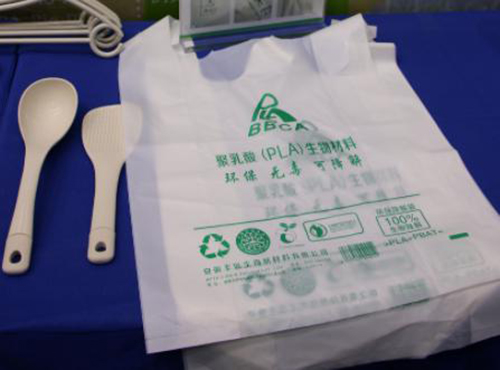©Copyright 2019 SIKO POLYMERS (SUZHOU) CO., LTD All rights reserved.Site Map Powered by iwonder.cn
- Email Uskevin@sikopolymers.com


Poly Lactic Acid (PLA), also known as Polylactide, is a new biodegradable material.
The raw material of PLA comes from the sugar in renewable plant resources (such as cassava, corn, sugarcane, etc.), and is synthesized by the polymerization of lactic acid produced by biological fermentation. It has good biocompatibility and biodegradability. It was first used in the biomedical and medical industry, such as heart, vascular stent, bone nails, surgical sutures without removal, etc.
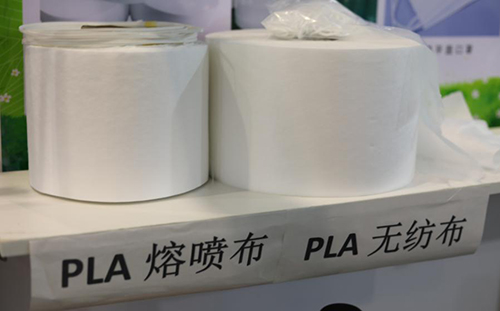
I. Material advantages:
1. Polylactic acid (PLA) can be completely degraded by microorganisms in nature, will not cause greenhouse effect, will not cause any solid waste pollution;
2. PLA has the best tensile strength and elongation, good mechanical and physical properties;
3. Good compatibility and degradability;
4. It has good air permeability and oxygen permeability, and also has the characteristics of isolation odor;
5. When PLA is incinerated, its burning heat value is the same as that of incinerated paper, which is half of that of incinerated traditional plastics (such as PE). Moreover, PLA incineration will never release toxic and harmful chemicals and gases such as nitrogen compounds and sulfur compounds.
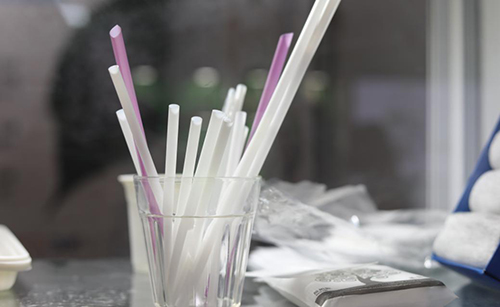
II. Application of PLA:
1. PLA can be used for blow molding, injection molding, blister molding, calendering and other processing methods, and is widely used. It is applicable to all kinds of plastic products, packaging materials, meal box packing box, non-woven cloth, industrial and civil cloth and so on.
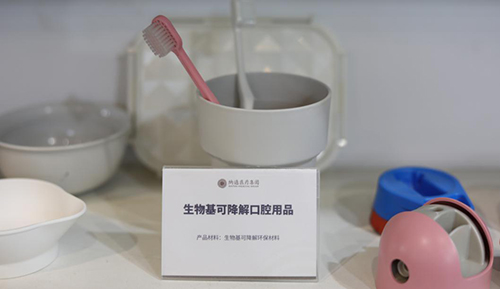
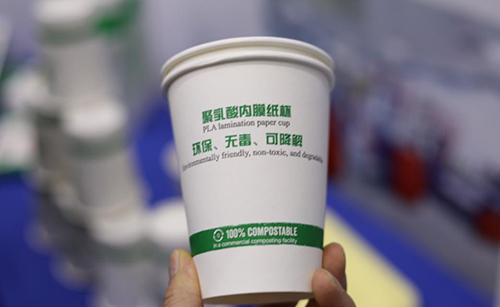
2. PLA is widely used in the field of medicine, such as the production of disposable infusion devices, removable surgical sutures, etc., and the use of low-molecular PLA as drug sustained-release packaging agent. The human body also contains lactic acid in its monomer form, which indicates the safety of this disintegrating product.
